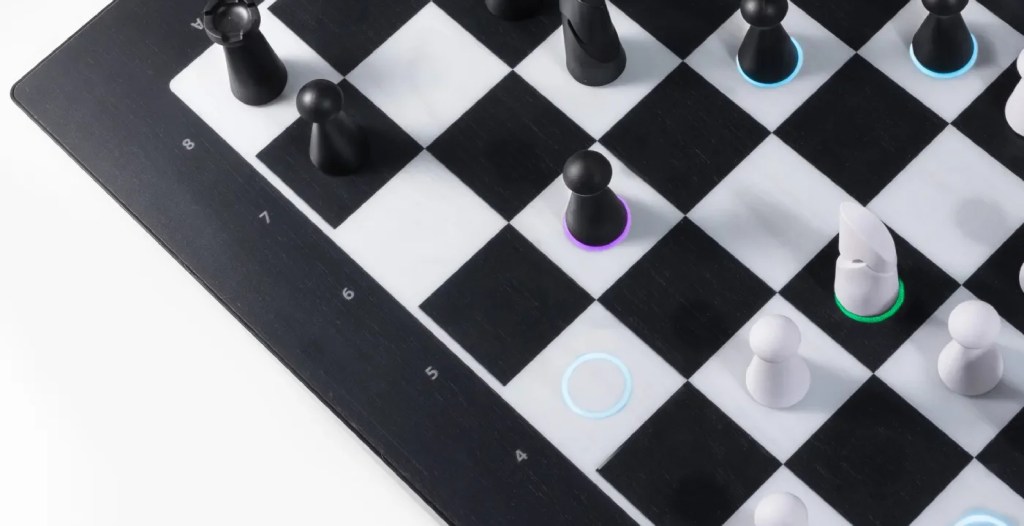AI has, for the past year and a half, been the theme in virtually everything that could conceivably use electricity in any way. This year’s CES, the world’s largest annual tech trade show, was no different. Companies packed AI into almost every device unveiled this year. Lots seem like poor attempts to woo consumers (and journalists) easily captivated by buzzwordy tech shoehorned into applications that don’t benefit from AI.
The WeWALK Smart Cane 2 is different. It adds seemingly useful capabilities that (again, don’t seem to) detract from its primary use as a cane. And thankfully, it doesn’t scream high-tech Inspector Gadget like so many other things shown at CES. People on the street probably won’t even give it a second look. So how does AI look when it’s well integrated into a product? Let’s check it out.
Videos by VICE
cane and able
Not being blind and thus not having to use the smart cane, I can’t vouch for it personally. To get a visually impaired person to test it out for us would be a wonderful review idea, so perhaps when test units become available we’ll find a suitable tester. Until then, though, I can run through the features list of what seems like a bunch of good ideas.

Right off the bat, it’s functionally a cane. That means it’s designed to glide along the ground in front of you, the way any contemporary mobility cane (also known as a white cane) is designed to. It’s not so much a substitute for the traditional form as much as a supplemented model of it.
The AI that’s integrated into the device features “custom-designed detection technology that alerts you to overhead obstacles” by providing audible and haptic feedback. To warn of obstacles, the cane will vibrate in the hand or play a warning either through the integrated Harman-designed speaker or Bluetooth-connected headphones.
WeWALK hasn’t said too much about how the AI-wielding obstacle detection works, other than that the cane comes with “TDK motion sensors, MEMS microphones, and ultrasonic time-of-flight sensors.”
cane-do attitude
There’s an app, available for both Android an iOS phones, that connects to the cane via Bluetooth for navigational directions and “intelligent voice assistant,” a voice-activated audio assistant that can answer questions such as “where’s the closest coffee station?”
The voice assistant is free until July 31, 2025 and then costs $5 a month. New buyers who purchase the Smart Cane 2 after August 1, 2025 get one free month before the subscription kicks in. WeWALK doesn’t say whether it partnered with any of the major voice assistants—Apple, Amazon, or Google—and the fact that there’s a subscription for it seems to preclude using whichever voice assistant comes packed in your smartphone.

Through a connected phone’s navigation, you can receive turn-by-turn directions through the Smart Cane 2. You can set it to provide automatic voice notifications of what’s nearby as you pass shops and restaurants, and through Moovit it’ll provide live updates of public transit options between you and your destination. Plug in where you’re trying to go, and it’ll give you the best options by train and bus, timetables of departures, and direct you to the nearest stop.
We still have a few more questions and would like to see more details in the coming weeks about the customizable buttons, which so far, we know, can be programmed to have your home address and favorite places always at quick command. Also, it’s said to be rainwater resistant, but WeWALK hasn’t provided a rating. Is it IP67? IP65? We don’t yet know. But we do know that it comes with a one-year warranty and free online support it’s available for order now.
More
From VICE
-

Screenshot: Aleph One Developers -

Screenshot: XryEcho -

Screenshot: Particula -

Apple AirPod Max – Credit: Apple
